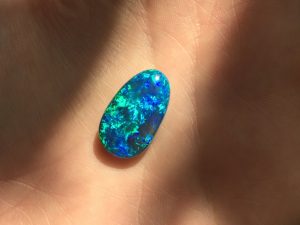Opal featured before post is an 11.34 ct Hopkins Australian Lightening Ridge solid black opal, photo by Thesis Gems, and available at Thesis Gems.

Sadly, opals have carried a burden of bringing misfortune to anyone wearing jewelry set with the magical stone.
I found the story of opal’s unfortunate reputation was best told by Katherine Jetter, of Katherine Jetter, Ltd., in her article, “The Truth About Opals”, from Elite Traveler.
It all started in the early 1800’s with a fictional novel about a princess who took a turn of horrid luck because of a jeweled trinket set with opal.
Anne of Geierstein, also known as The Maiden of the Mist was written by Sir Walter Scott, in 1829, and cast an unlucky shadow onto opal.
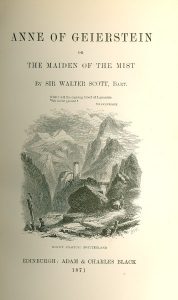
The story told of a young princess who wore an opal pin in her hair.
When she was happy, the opal radiated with its signature flashes of colors. When she was mad or sad, the opal faded in light and color.
Convinced she was evil or bewitched, holy water was sprinkled onto the opal to break the jewel’s spell, and at once, the princess fainted and collapsed.
The next morning, there was only a heap of gray ashes where she had been laid.
From that point on, opal was believed to be bad luck, and it suffered in popularity.
It regained attention and jewelry status to be pushed again by the jealous diamond industry, so it is speculated.
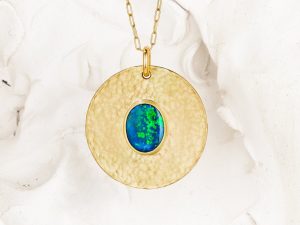
Today, opal is enjoyed by many for its fiery display and many varieties.
The most recent variety uncovered is a transparent, jelly variety, called Ethiopian opal.
A listener of the podcast reached out to me about a few Ethiopian opal stones she has that have discolored to a duller orangey – yellow color, and asked if I could explain the change of appearance.
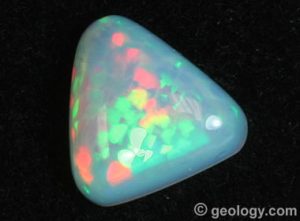
I reached out to a few gemologists and specialists, MD Maya Gems, Diana Jarrett, G.G., and Matt Hopkins of Hopkins Opal.
Matt spent some time with me on a phone conversation and explained why the opal changed color, and also clarified the controversial advice to either oil or keep your opals in water.
Listen to the podcast to hear more!
You can listen by clicking the play button above, or subscribe to The Jewelry Navigator Podcast on iTunes, Spotify, or Google Play Music.
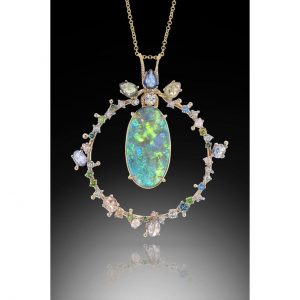
Below, you’ll find two galleries – the first features loose and Ethiopian opals, the second, jewelry set with opals.
TO SHOP ANY OF THE JEWELRY, AND SOME OF THE STONES, CLICK THE PHOTO TO BE DIRECTED TO THE DESIGNER’S SITE.
Loose and Ethiopian Opals
In the gallery below are a few examples of loose opals and Ethiopian opals.
Two of the loose opals are Hopkins Opal, available at Thesis Gems.
The other loose opal examples are from Geology.com, a wealth of geological and gemological information.
Other sources include Laurie Donovan Designs, and Opal Auctions
[FinalTilesGallery id=’10’]
Opal Jewelry
Below are exceptional examples of opal jewelry.
As I mentioned in the podcast, there are several other varieties of opal, not just white and black.
Besides the stunning play of color in the black and white variety, is the Mexican fire opal.
If you’ve never seen it, you’d be shocked to learn it’s opal!
Two of my favorite designers who create with exceptional opal, are Thesis Gems, in San Francisco, and Russell Trusso, in Cleveland, Ohio.
The other artist I happened upon while searching for Ethiopian opal jewelry, is Larry Vasquez, a Native American artist in New Mexico.
[FinalTilesGallery id=’11’]
